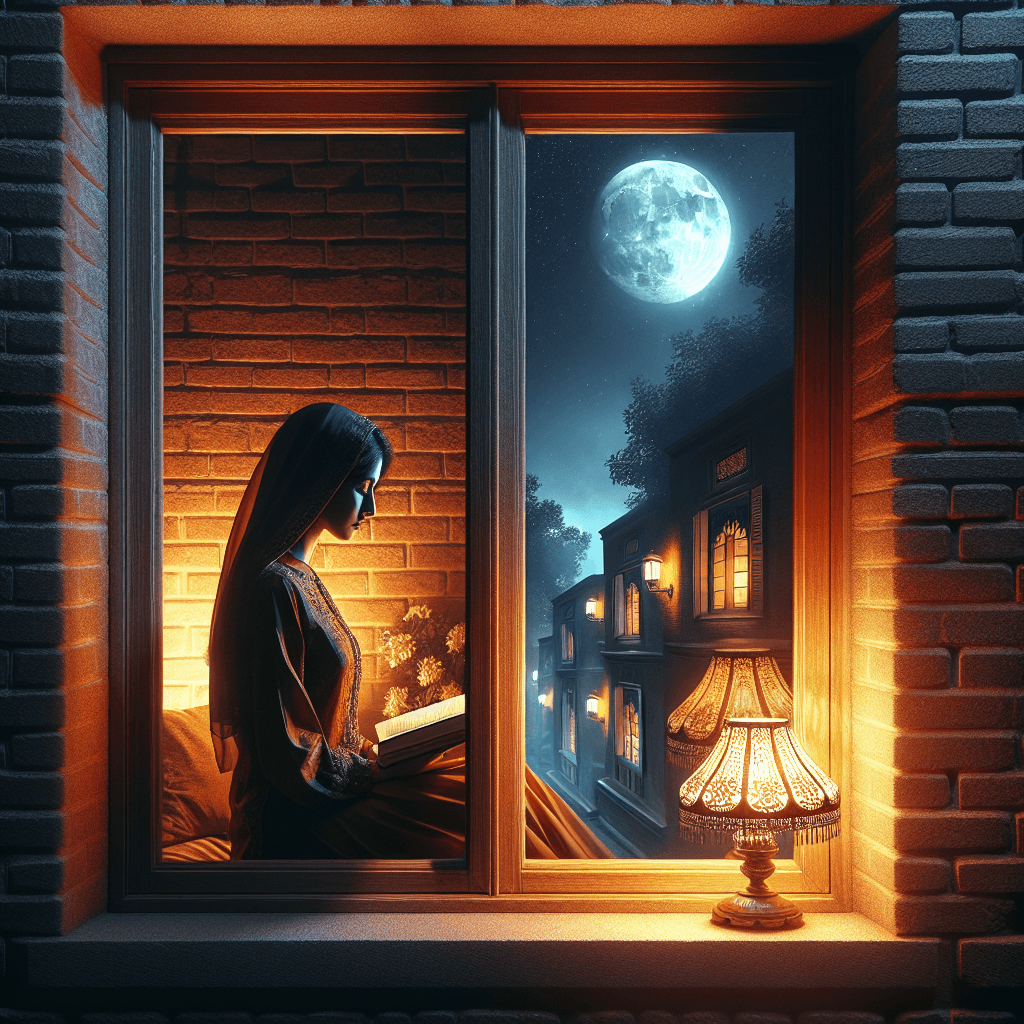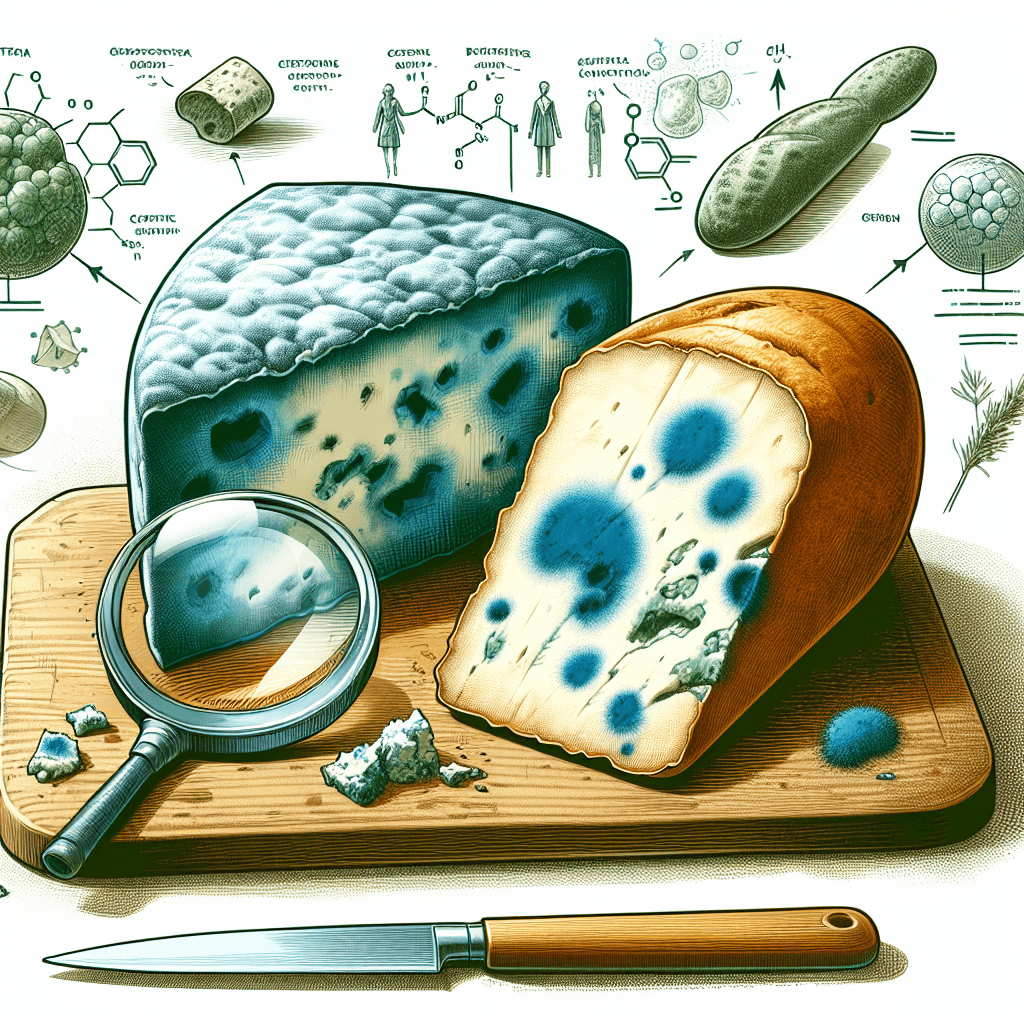Why do windows become mirrors only after dark
It’s not magic that makes your reflection suddenly appear in the window after dark. It's a nightly battle between light, and the science behind who wins is simpler than you think.


Too Long; Didn't Read
TLDR: Windows are always slightly reflective. At night, it's brighter inside your home, so the window reflects your well-lit room back at you. During the day, the bright outdoors shines through, overpowering the weaker reflection.
The Midnight Mirror: Why Do Windows Become Mirrors Only After Dark?
Have you ever walked through your house at night and been startled by a figure in the window, only to realize it’s your own reflection? During the day, your window is a clear portal to the outside world. But as darkness falls, it transforms into a surprisingly effective mirror. This common phenomenon isn't magic; it's a fascinating interplay of light, glass, and perception that happens right in our homes every evening. This post will break down the simple yet elegant physics behind why your transparent daytime window becomes a reflective mirror at night.
It’s All About the Light
The key to understanding this mystery lies in a fundamental property of glass. A standard pane of window glass isn't perfectly transparent. It's what scientists call a "partially reflective surface." This means it performs two actions simultaneously every time light hits it:
- Transmission: It allows most of the light (around 90-95%) to pass straight through it.
- Reflection: It bounces a small percentage of the light (around 4-8%) back towards the source, just like a mirror.
This dual nature is always in effect, whether it's day or night. The reason we only notice the reflection after dark is not because the glass has changed, but because the lighting conditions around it have been completely reversed.
The Daytime Scenario: A Battle of Brightness
During the day, the sun illuminates the world outside with an immense amount of light. This powerful sunlight streams towards your window. The vast majority of that light is transmitted through the glass and into your home, allowing you to see your garden, the street, or the sky with perfect clarity.
At the same time, the artificial light inside your home is also hitting the window and reflecting back at you. However, this faint, reflected indoor light is completely overwhelmed by the sheer volume of bright sunlight coming in from outside. Your eyes and brain naturally prioritize the stronger light source. The reflection of your living room is still there, but it's so dim in comparison to the bright outdoors that it becomes practically invisible. You see through the glass, not at it.
The Nighttime Switch: Reversing the Light Flow
When night falls, the situation flips. The world outside is now dark, with very little ambient light. Inside, however, you have lamps, ceiling lights, and screens that fill your rooms with artificial light.
Now, this bright indoor light is the dominant source. As it hits the window pane:
- Most of it still passes through the glass and escapes into the darkness outside, where no one is looking.
- The small percentage that reflects back into the room is now the brightest thing your eyes can see when you look at the window.
Because there is virtually no light being transmitted from the dark exterior, the reflection of you and your well-lit room stands out in sharp contrast. Your brain has nothing brighter to focus on, so the faint reflection that was ignored all day suddenly takes center stage.
The One-Way Mirror Illusion
This exact principle is used to create the "one-way mirrors" you see in police dramas. These are not truly one-way; they are simply semi-transparent mirrors (also known as half-silvered mirrors). The trick is all in the lighting. The interrogation room is kept intensely bright, while the observation room on the other side is kept completely dark.
- From the bright room: The suspect sees their own strong reflection, which overpowers the dim light coming from the dark observation room. To them, it looks like a normal mirror.
- From the dark room: The detectives can easily see through the glass because the bright light transmitted from the interrogation room is far more powerful than their own faint reflections.
Your window at night functions in precisely the same way. Your lit room is the "interrogation room," and the dark outside is the "observation room."
Conclusion
So, the next time you catch a glimpse of yourself in a darkened window, you'll know exactly what's happening. Your window hasn't changed its properties; the world around it has. The transformation from a transparent pane to a reflective surface is a simple, elegant demonstration of physics in action. It’s a daily reminder that what we see is determined not just by the objects themselves, but by the constant, dynamic dance of light that surrounds us. It's not a mystery, but a beautiful quirk of how light, glass, and our own perception work together.
More Articles

Why is it safe to eat the mold in blue cheese but not on bread?
One mold is a carefully cultivated delicacy, while its cousin on your bread is growing dangerous, invisible toxins—we'll break down the crucial difference.

Why does fresh pineapple prevent gelatin desserts from becoming solid?
It's not a kitchen mistake; it's a case of culinary sabotage at the molecular level. Discover the powerful, protein-devouring enzyme in fresh pineapple that's actively digesting your dessert before it can even set.

Why are some ships deliberately fitted with metal blocks that are designed to be destroyed?
It sounds like madness, but these humble metal blocks are designed with a single, vital mission: to sacrifice themselves to the sea, preventing the ship's massive hull from being eaten alive.